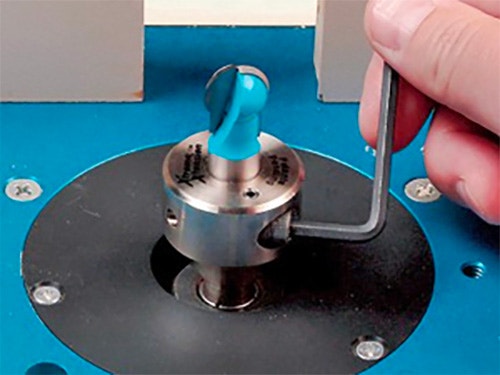Difference Between 1/4" and 1/2" Router Collets?
My new router comes with two collets, 1/4" and 1/2". What is the advantage of the 1/4" size over the 1/2", or vice versa? It seems that the larger would be stronger, but I think there must be another reason for manufacturing the two sizes. I would like to have an idea of what to get as I start to build a library of bits. Right now, I will be doing light work, but in the months ahead, my tools will be used almost daily, so I will need some durable stuff.
Michael Dresdner: Some bits don't come in 1/2" shank format, and some buyers already have many 1/4" shank bits from other router purchases. Simply put, the 1/4" collet allows you versatility. Think about a flush cutting router bit or pattern router bit with the bearing on the shank above the cutter. It has a bearing pressed over the shank, and its outside race is the size of the cutter.
Ellis Walentine: Many routers come with two collets so they can accommodate the two most popular bit shank diameters, 1/4" and 1/2". The shank diameter is based loosely on the size and weight of the bit. Heavier and larger-diameter bits have 1/2" shanks, to protect them against bending or breaking during heavy routing. Some small to medium bit sizes and profiles are available with either size shank. Generally, you will get less vibration with the 1/2" shanks, but 1/4" is available so you can run these bits in smaller routers that may have only 1/4" collet capacity.
Lee Grindinger: You're right, the larger diameter is stronger and generally results in less chatter due to it's increased rigidity. However, there are times a 1/4" shank is more practical. Some older dovetail jigs use template guides and these guides are sized so only the 1/4" shank will fit through the hole. Smaller bits, like 1/8" straight bits are sometimes offered only in 1/4" shanks. So, keep the small collet but do buy the 1/2" bits when possible or practical.
Keep the inspiration coming!
Subscribe to our newsletter for more woodworking tips and tricks





